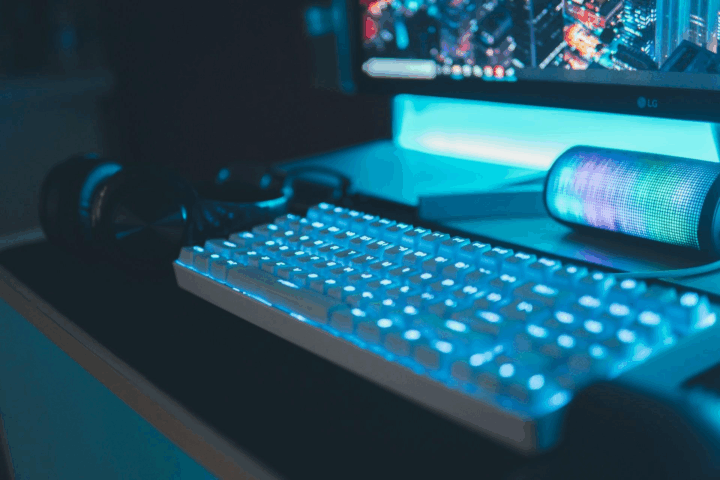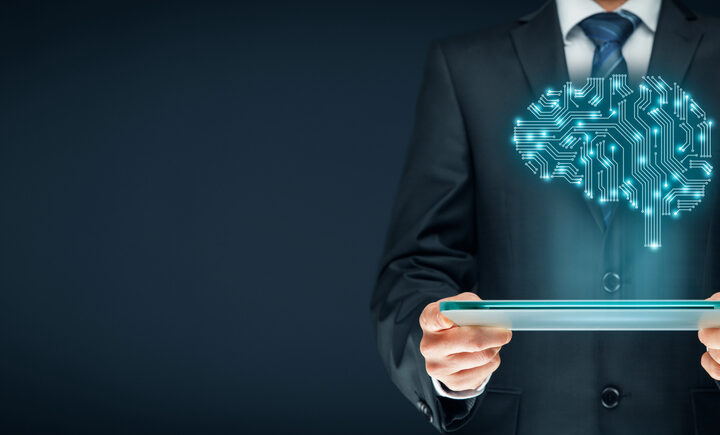Artificial intelligence and other advanced technologies have come into the spotlight in recent years and have changed our daily lives. From the noise of a casino to the quiet of farmland, from hospital rooms to online classrooms, the impact of AI is changing the way we play, learn, grow, heal, and trade. These changes unlock untapped levels of efficiency, individuality, and professionalism, but also raise questions about ethics, privacy, and the fine line between human decision-making and machine logic.
Games of Chance Made Sharper with AI
Online and real-life casinos have turned into the scene of AI innovation. Algorithms play much more than the role of keeping the slot machines running in this high-stakes environment. They measure gambling behavior on a live basis and identify the patterns, preferences, and customize which game should be offered to which gambler. At venues like On Luck, AI powers dynamic odds setting, personalized promotions, and fraud detection systems that monitor for unusual betting patterns. RFID-equipped chips and camera systems in brick-and-mortar establishments push data to sophisticated analytical interfaces, through which operators can offer relevant incentives and detect both VIPs in real time and even potential indicators of problem-gambling behavior.
Healing and Diagnosing: AI in Healthcare
Like games of chance are made sharper with the aid of AI, so is medical care. Current radiology practice now uses machine learning models that help the radiologist detect anomalies in scans that may go unnoticed by the human eye. They compare thousands of images within seconds, offering decision support that has the potential to speed up diagnoses and make them more accurate. AI-driven chatbots triage the symptoms in primary care, directing patients to the level of care that is appropriate without any undue delays.
AI is another change that evolves remote patient monitoring by incorporating IoT. Wearables monitor the heart rhythm, the level of glucose, and even the sleeping habits, notifying clinicians in the case of any unusual levels. In a small or underserved region, these devices fill the interpersonal gap between patients and specialists, and they are supported by a degree of surveillance that previously did not necessitate a personal visit. However, the shift to data-driven healthcare also brings with it privacy and bias concerns associated with AI-powered algorithms, as well as over-reliance on automated tools, and requires constant monitoring.
Cultivating Smarter Fields: Agriculture Meets AI
Applications of AI in agriculture have shifted to being a realistic application that farmers may use. Precision agriculture applies satellite images, drones, and soil sensors to find out the precise location and timing of water, fertilizers, or pesticides to use. This focused strategy is yield-enhancing, waste-reducing, and environmentally scarce.
Digital interventions are also opening farmers to market facilities and shared machinery, eliminating such historical impediments as the smallholders. Predictive analytics is able to predict how crops will perform, and logistics monitoring in the supply chain helps keep farm-to-table transparency. Beyond its applications in this area, AI is being deployed in bioconvergence projects, such as combining biology, engineering, and computing to produce lab-grown proteins, disease-resistant crops, and sustainable alternative foods. Such innovations are likely to transform global food security, but they leave behind regulatory and cultural questions about the goods we consume and how they are grown.
Learning Personalized Lessons: AI in Education
Classrooms, physical and virtual, are also in the midst of their artificial intelligence-driven transformation. An intelligent tutoring system evaluates the performance of students as they proceed and changes the lessons according to the strong and weak areas of each learner. The software in automatic grading helps to reduce the paperwork that teachers have to do, allowing more time to be spent on close assistance.
Generative AI applications (like chatty tutors) give students explanations and feedback as needed to ensure that students understand the challenging aspects of a subject in their own time. Nevertheless, educators fear plagiarism, decreased critical thinking, and the threat of the students becoming over-invested in AI by using it as a crutch. The vision of AI in education will probably be a hybrid solution: technology will serve as a helper to human teachers and their understanding of the student and the class.
Quick Snapshot:
- Casinos optimize player engagement, but risk enabling addiction.
- Healthcare gains diagnostic reach and preventive power.
- Agriculture becomes more precise, equitable, and sustainable.
- Education shifts toward personalized learning paths.
- Commerce accelerates with smarter systems, but faces ethical trade-offs.
Charting a Balanced Future
Across these diverse areas, the following pattern emerges: AI expands human capabilities, but also raises the stakes in human decision-making. Whether it’s monitoring a roulette wheel, diagnosing a tumor, forecasting a harvest, guiding a student, or predicting stock movements, the technology itself is neutral – it’s the intent and safeguards behind its deployment that determine whether outcomes are beneficial or harmful.
Responsible AI development requires clear regulations, transparent algorithms, and constant human oversight. In gambling, addiction prevention measures must be as sophisticated as engagement strategies. In healthcare, bias testing should be as routine as equipment sterilization. In education, digital literacy should include not only how to use AI, but how to question it.







